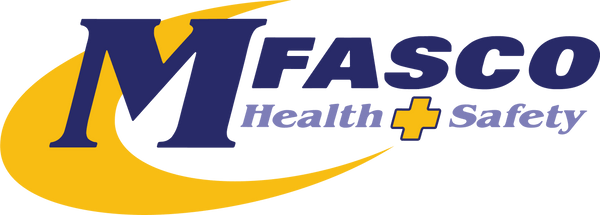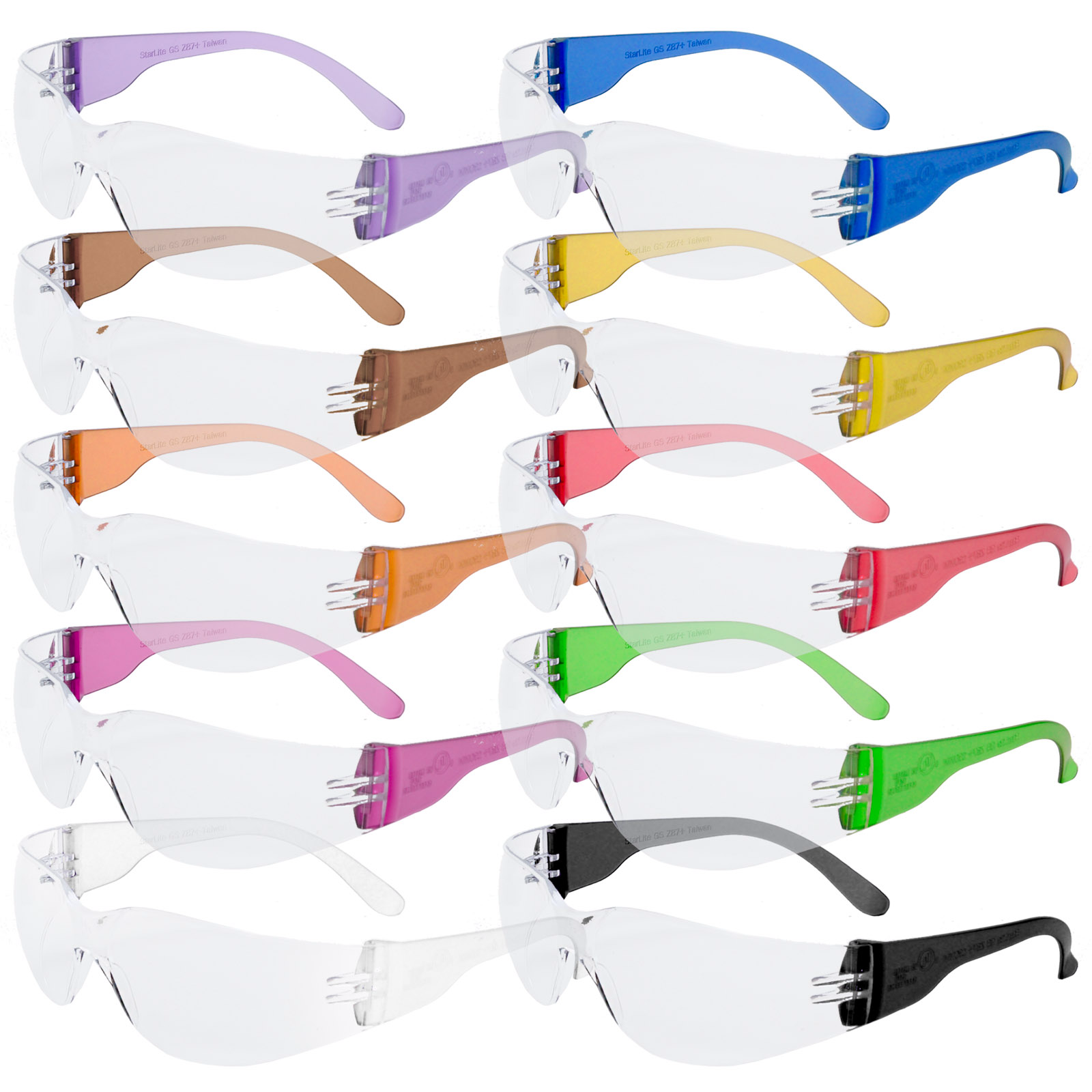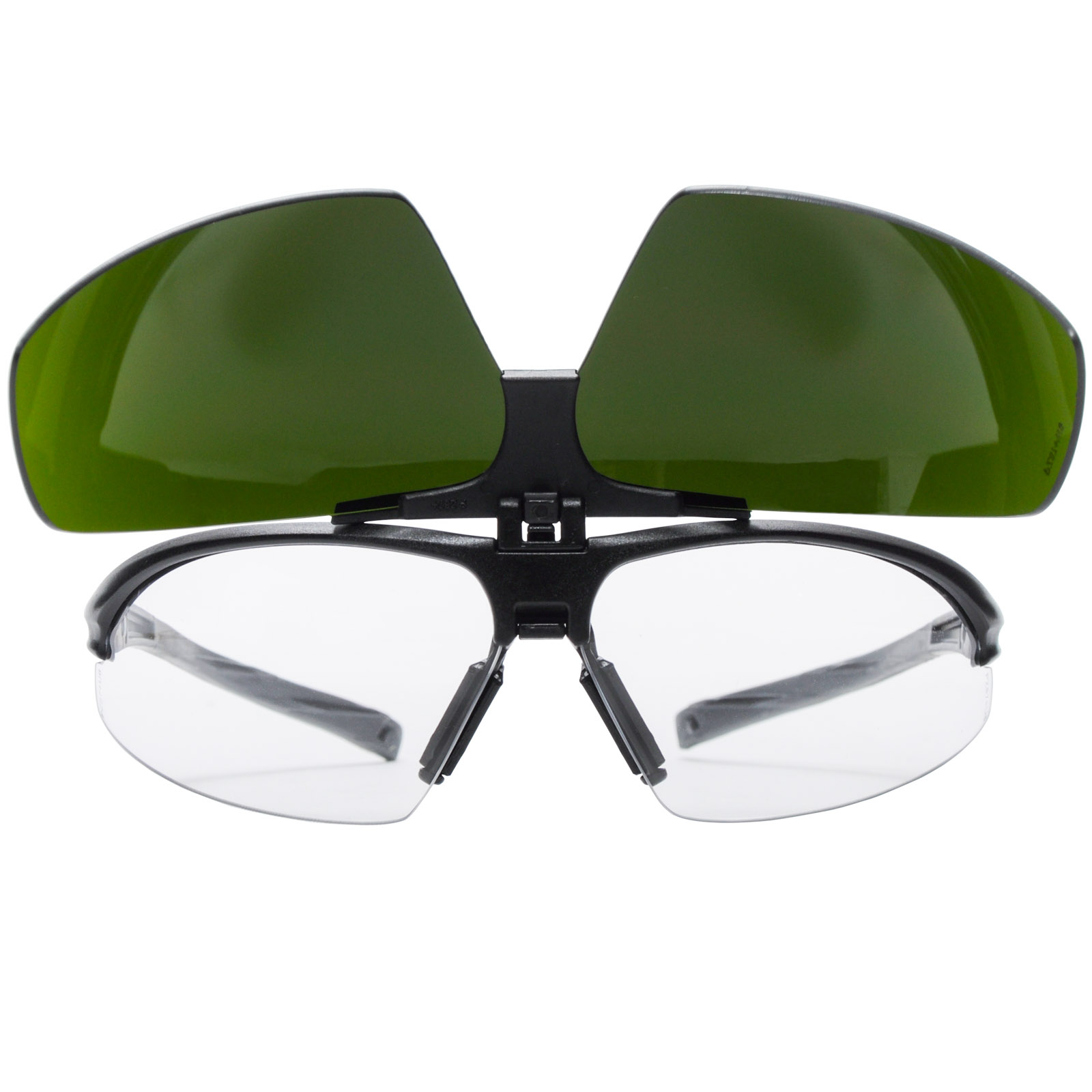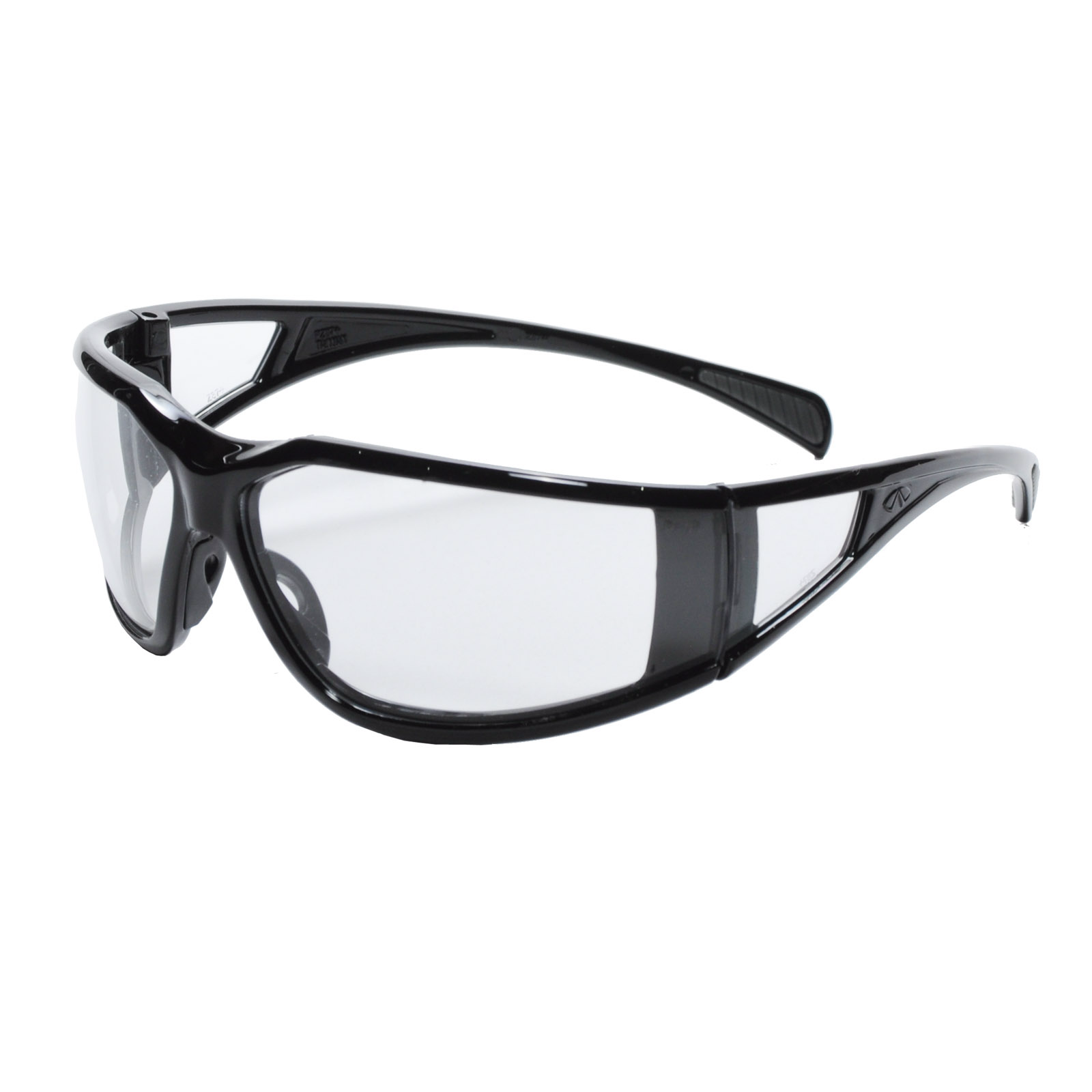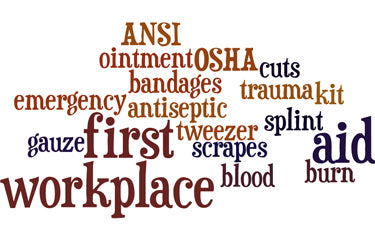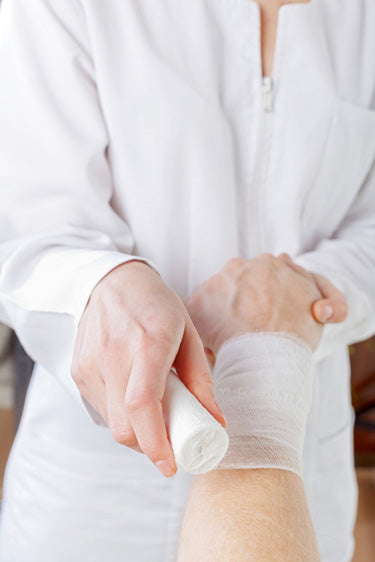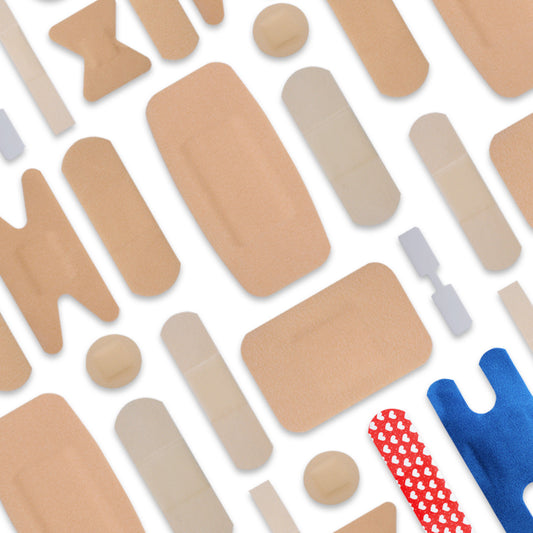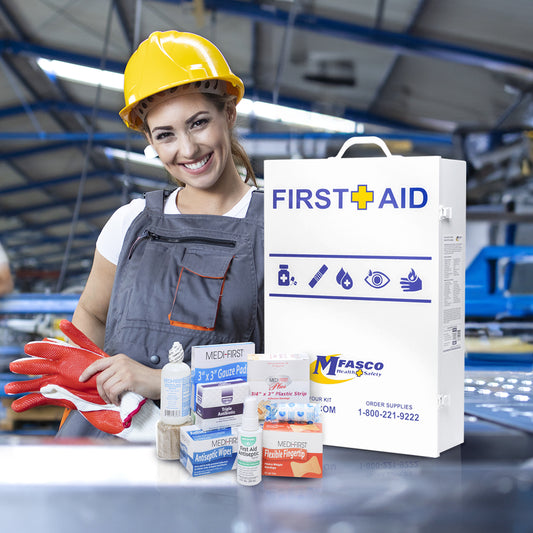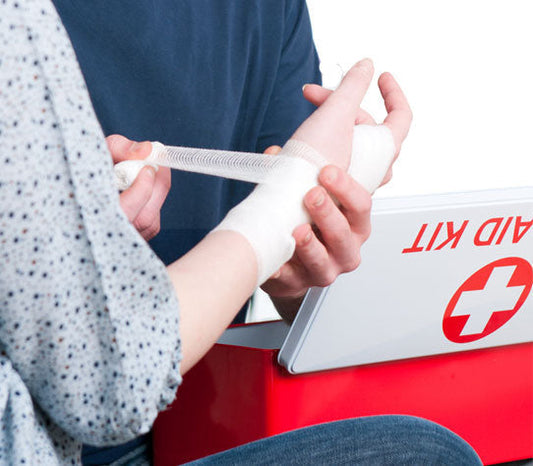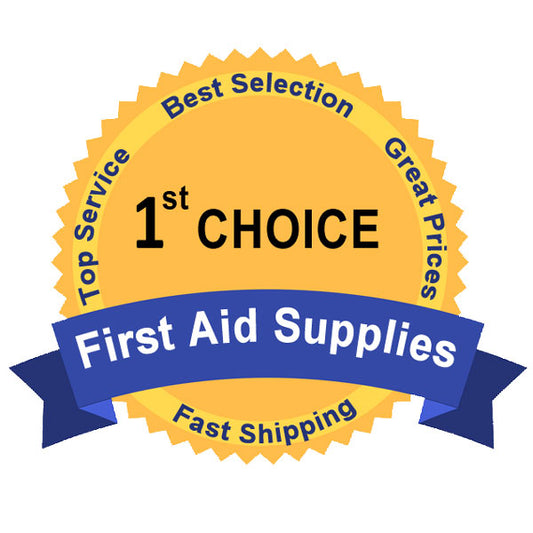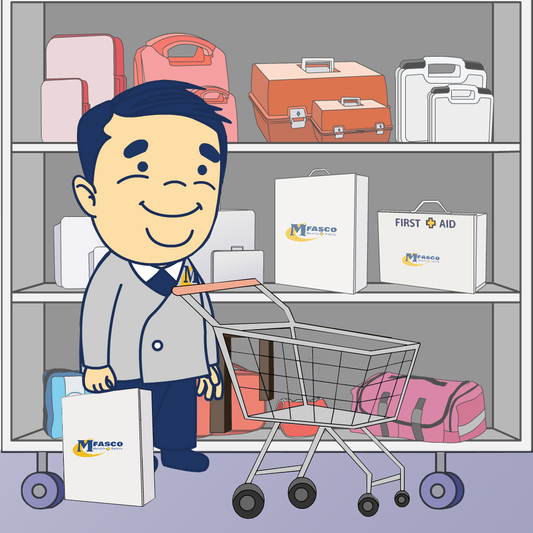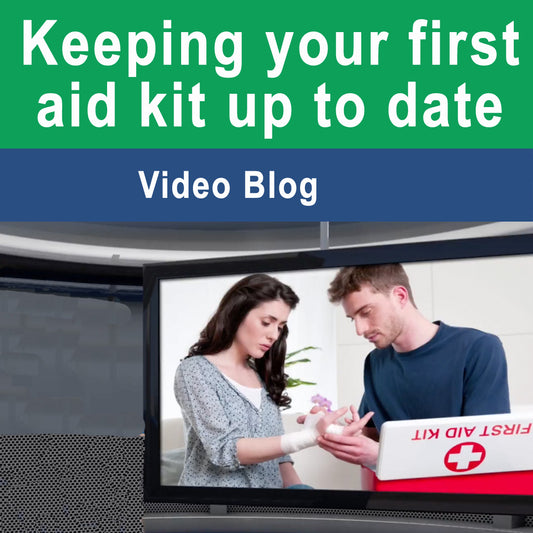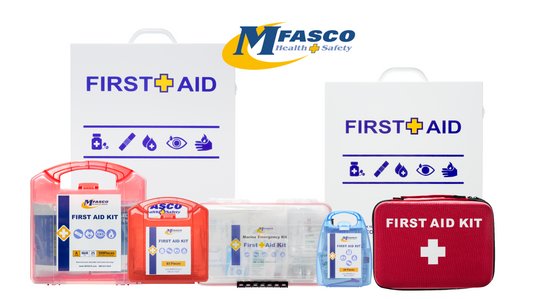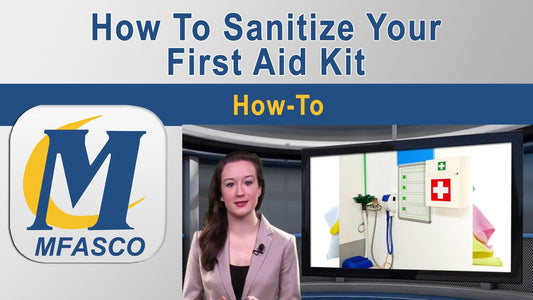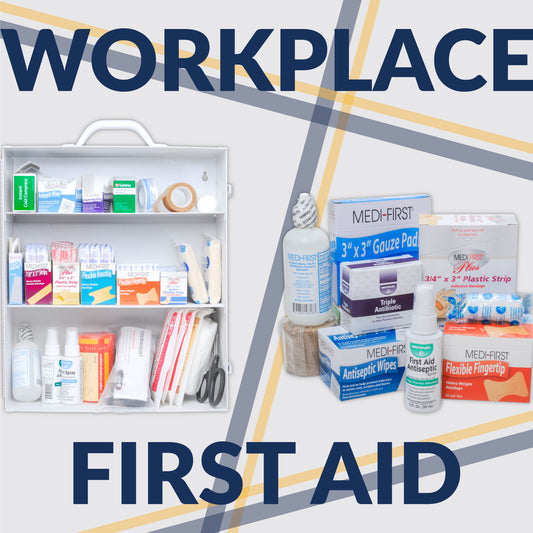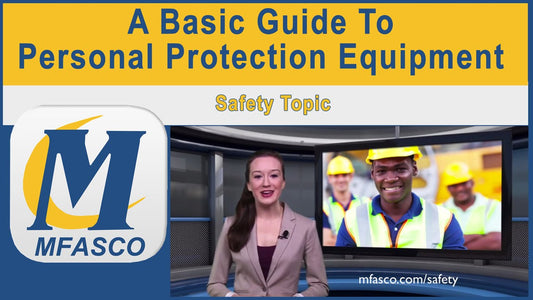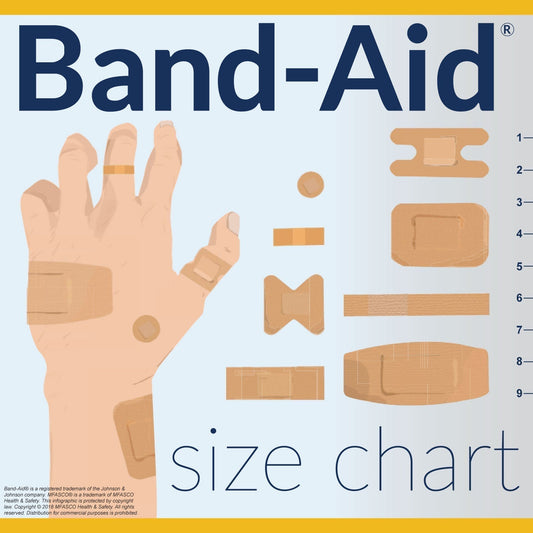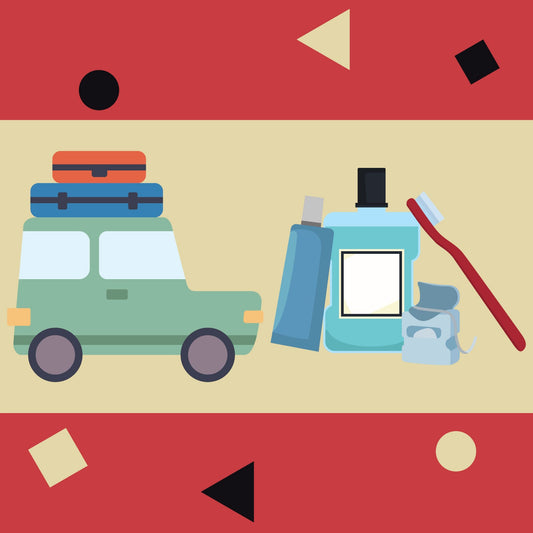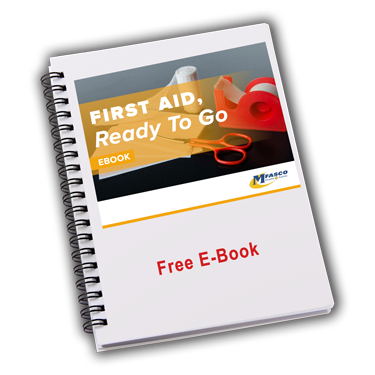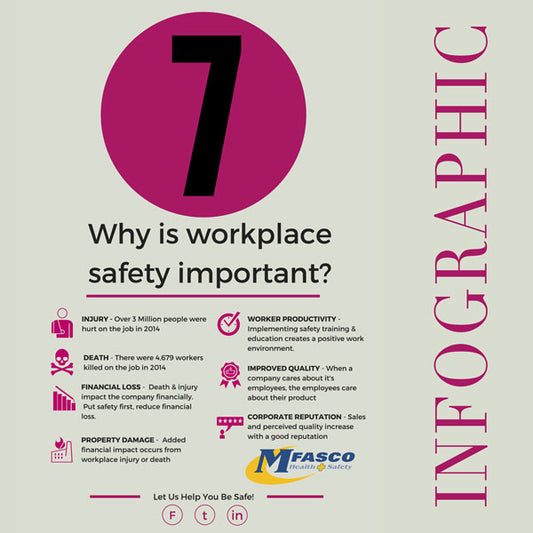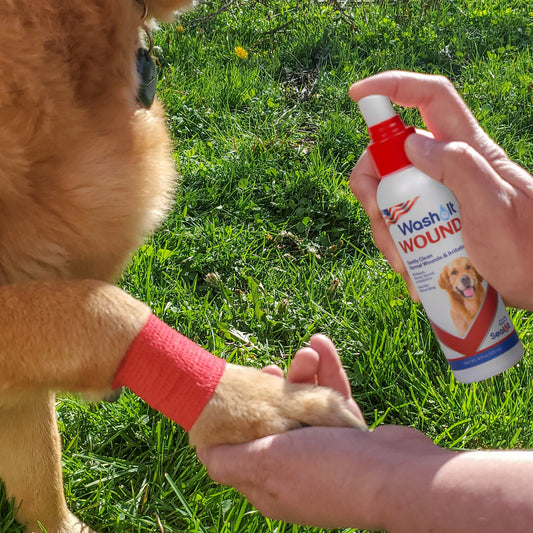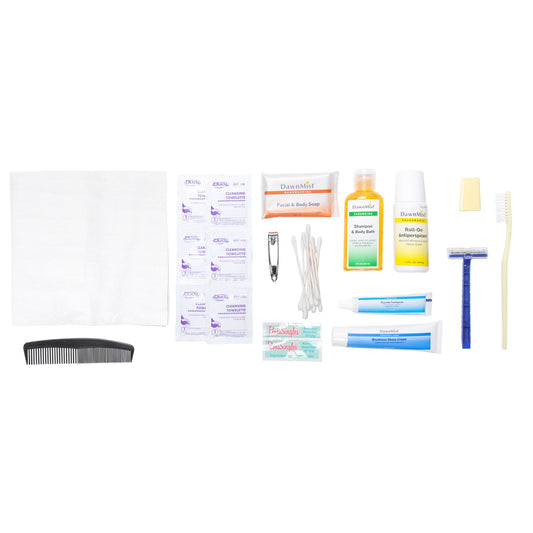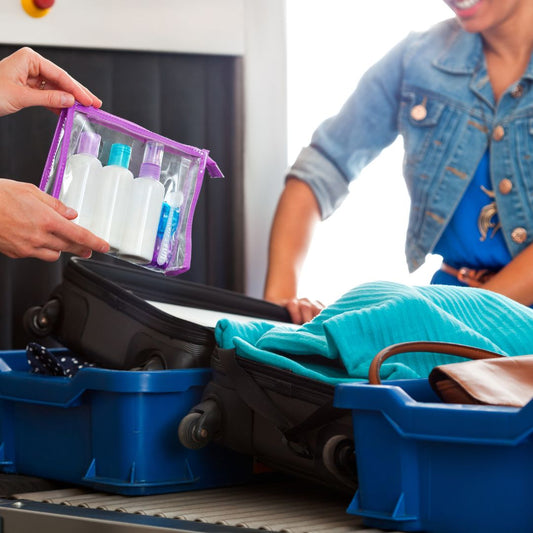How Do Safety Glasses Protect Your Eyes?
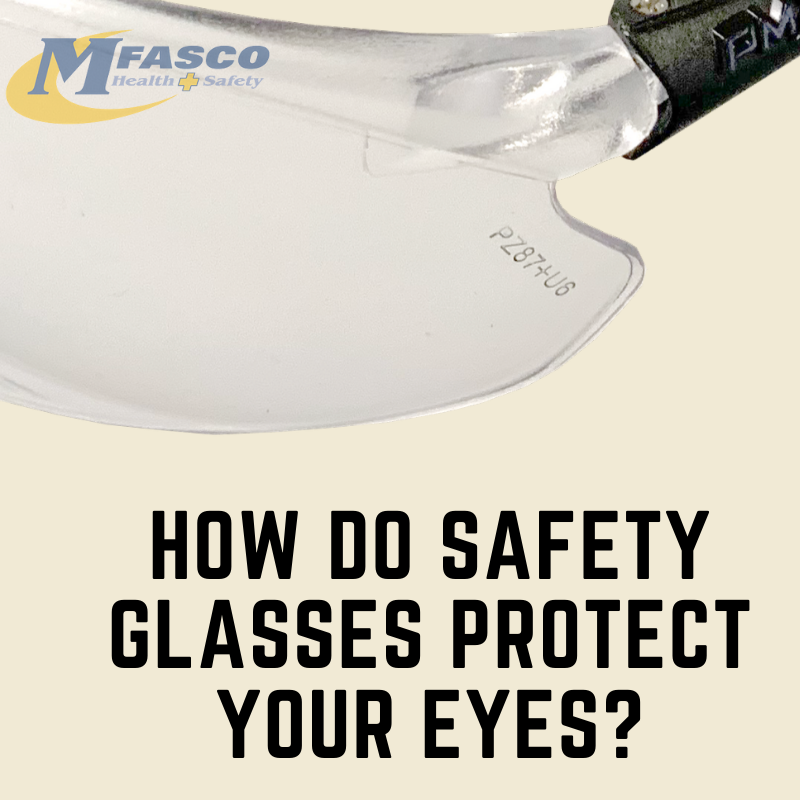
How do safety glasses work?
Safety glasses are designed to protect the eyes from workplace hazards. They are made of strong polycarbonate material, reducing the risk that flying objects, dust, and other hazards may harm the eyes. Safety glasses are the most common and effective personal protection equipment for American workers. Take a minute to learn 6 ways safety glasses protect the eyes!
What are safety glasses?
Let’s quickly identify what makes a pair of safety glasses “real safety glasses”. Every safety glass manufacturer is required to have their safety glasses independently tested to ensure they will protect the worker. This includes clear safety glasses, safety eyewear with tinted lenses, and even safety glasses with magnifying for reading. The American National Standards Institute (ANSI) creates the testing requirements to ensure safety glasses conform in both design and durability. When the glasses are tested and meet or exceed these requirements, they are approved. The manufacturer can then stamp "ANSI Z87" on the safety glasses along with other identifying marks set by ANSI. Always make sure your safety glasses include the Z87 identifying markings, ensuring they are approved.
Why do we need to wear safety glasses?
Working conditions can produce all kinds of hazards from flying objects, liquids, dangerous light, and bodily fluids. Whether you are working in a chemical factory or cutting the grass, safety glasses are your barrier between normal vision and blindness caused by an accident. We must do everything possible to protect our vision. Countless stories from injured workers reveal their vision was spared and even their lives were saved because they were wearing safety glasses. The importance of safety eyewear cannot be overlooked.
How do safety glasses protect us?
There are 6 ways safety glasses protect us from particulates, dust, dangerous light, and other hazardous debris. While others are because of work practices. Here is how and when safety glasses protect us:
-
Safety glasses protect us when they are worn
This may sound silly but it’s true. The National Institute for Occupational Health cites that 2,000 workers a day injure their eyes on the job and seek medical treatment. Many of these people were not wearing eye protection. With all of the advances in safety practices, the biggest barrier we experience is human laziness or forgetfulness. The most important way safety glasses can protect us is when they are properly worn.
-
Safety glasses protect us when the frames are ANSI approved
Safety glasses come in all different shapes, sizes and colors but they all have something in common. Safety glasses with tinted lenses fall under the same safety requirements as clear safety glasses. Even small safety glasses for children are required to be tested and approved. They all have to pass the ANSI impact standard. They have to be stronger than prescription eyewear or recreational sunglasses. Manufacturers have designed deeper groves to secure lenses in the frame The hinges are more rugged to withstand impact. Many safety glasses have adjustable temples so the frames can be set close to the face, closing gaps where dust, dirt, metal, liquids or other objects can get in. Again, only glasses with the ANSI Z87.1 marking have been tested to protect your eyes.
-
Safety glasses protect us when lenses meet or exceed the ANSI standard
All safety glasses must pass the impact test. A projectile is shot at a high rate of speed in various parts of the frame and lens to test the durability of the glasses. The lens would easily shatter if standard plastic or glass lenses were used. Special safety plastic known as “polycarbonate” is used to make safety glass lenses. This bullet proof type material is used in various thicknesses for security at banks or jails. Look for the manufacturers marking on the lens, signifying it has been tested and approved by ANSI.
-
Safety glasses protect us when the design incorporates side-shields and brow guards
Years ago, safety glasses looked like they were from the 1950’s. Because of their design, safety glass manufacturers had to add side shields and eyebrow guards into the frames. Side-shields were riveted in place so debris could not get into the eye from the side. Eyebrow guards helped keep dirt, metal and other objects from falling down the face from above the eyes. Newer designs have incorporated both the side shield and brow guard into the shape of the glasses so you don’t even notice them being different than most popular sunglasses.
-
Safety glasses protect us when safe work practices are used
Safety glasses will only protect you from minor impact. Always follow proper safety procedures. Always keep your safety glasses securely on your face, protecting your eyes. If you will be working with grinding wheels, chemicals, welding applications or lasers, standard safety glasses will not protect you. Additional personal protection equipment (PPE) will be required. For example, you may be blinded by a fragmented grinding wheel if you wear safety glasses. A face shield should be worn over safety glasses to help reduce the potential for injury.
-
Safety glasses protect us when they are regularly inspected and maintained
It is important to clean and inspect your safety glasses before each use. Look for cracks, chips, scratches or any other form of wear or damage that might have previously occurred. Even minor damage can influence the effectiveness of the glasses. Scratched lenses can weaken the material, causing it to fail during impact. Weakened hinges can reduce the performance of impact resistance from side impact.
ANSI Markings
Newer ANSI requirements have simplified how the end user can identify the performance limits of a particular safety glass. Ratings for impact, liquid splash, dust, welding, ultraviolet light, infrared light, lasers and prescriptions all include specific markings found on safety glasses. In our example photo in this article, a typical pair of clear, standard safety glasses has markings like these:
“PZ87.1+U6”. The following list spells out the rating for these specific safety glasses.
- “P” is the manufacturers mark
- “Z87.1+” indicates a high-velocity impact rating
- “U6” tells us this lens has the highest ultraviolet light protection rating.
Every Safety Glasses We Stock Is ANSI Approved
We take safety seriously. Every safety glass we sell is ANSI approved. You don't need to worry if they are safety glasses or not. Our glasses have been tested and approved by ANSI Z87.1 standards.
Safety glasses for schools and smaller faces
For over 50 years, MFASCO Health & Safety has been a reliable source of supply to schools, clubs, organizations, scouts, businesses, and individuals who want to protect their eyes. Shop for safety glasses with confidence.
See our popular safety glasses for students here.
